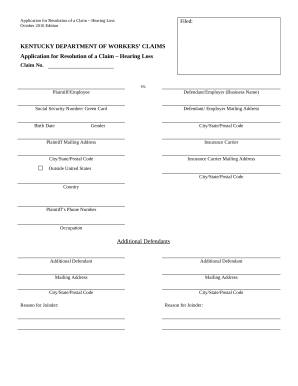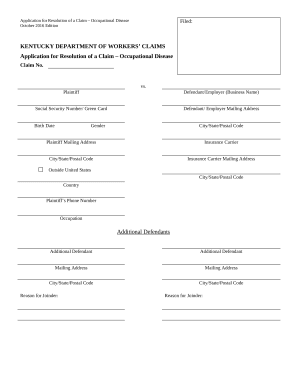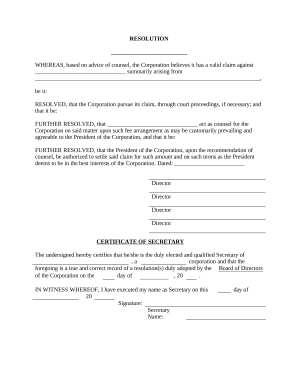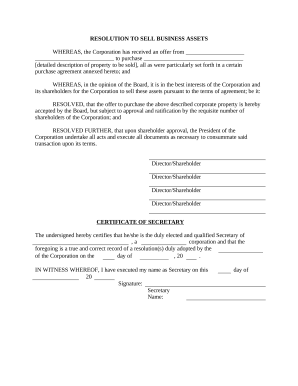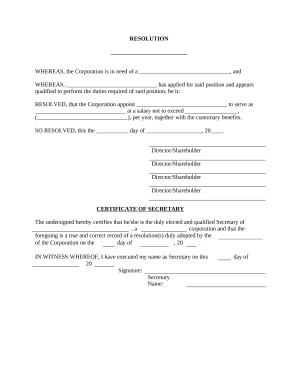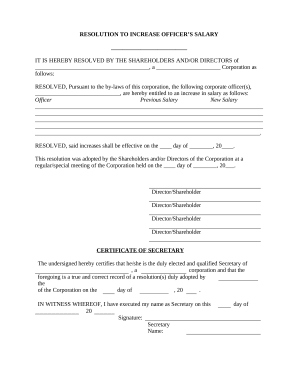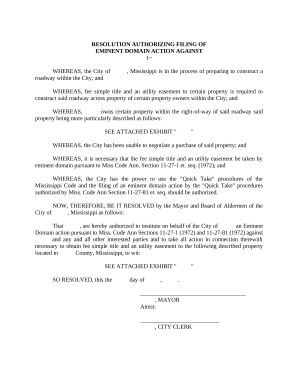Boost your production with Legal Resolution Forms
Form managing consumes to half of your business hours. With DocHub, it is easy to reclaim your time and improve your team's productivity. Get Legal Resolution Forms online library and investigate all form templates related to your daily workflows.
The best way to use Legal Resolution Forms:
- Open Legal Resolution Forms and employ Preview to get the appropriate form.
- Click Get Form to begin working on it.
- Wait for your form to upload in the online editor and start editing it.
- Add new fillable fields, symbols, and images, adjust pages order, and many more.
- Fill your template or prepare it for other contributors.
- Download or share the form by link, email attachment, or invite.
Speed up your daily document managing with the Legal Resolution Forms. Get your free DocHub account right now to explore all templates.

